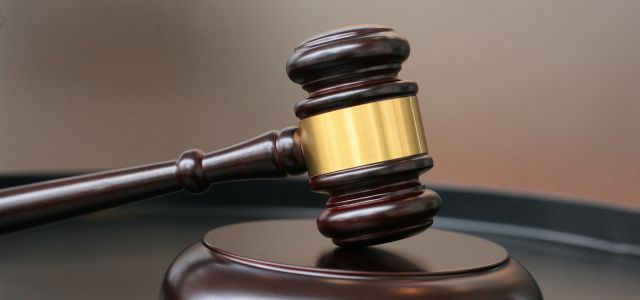On May 13, 2024, the Court of Appeal of the Unified Patent Court (UPC) handed down its second decision dealing with claim construction (CoA_1/2024 / ApL_8/2024).
In the first decision of February 26, 2024 (CoA_335/2023 / App_576355/2023), the court had already outlined how it intends to apply Art. 69 EPC and the Protocol on the Interpretation of Article 69 EPC, which governs claim construction for European patents. The court emphasized in this decision that the claims are not just the starting point for claim construction but the authoritative basis for determining the scope of protection and that the description and the drawings are always to be considered, even with seemingly clear claims. The court also confirmed that the same approach to claim construction is to be used when assessing infringement and validity. In the present decision, the court applied and further developed these principles.
The decision CoA_1/2024 related to a patent on an electronic label for sales areas, which allows the display of varying information, such as a varying price. According to its independent claim, the label comprised a housing, a display screen, and a printed circuit board, which was said to be disposed at the side of the back surface of the housing. The label further comprised an NFC or RFID chip on the printed circuit board and an associated antenna for communication with a mobile device. The claim stated that the antenna is arranged on or in the housing and at the side of the front surface of the label. It did not specify how the display screen and the antenna are arranged relative to each other.
According to a specific embodiment of the patent, the antenna was integrated into the housing and preferably arranged around the display screen. Referring to this embodiment, the description explained that having both the chip and the antenna at the front face of the label was not desirable for various reasons, whereas positioning the antenna next to the chip at the back side would reduce reading distance and reading reliability since the signal would have to be transmitted through the display screen and the circuit board would cause electronic interference.
In the attacked embodiment, the antenna and the printed circuit board were laterally offset so that the presence of the printed circuit board did not preclude the presence of the antenna or part of it at the same level.
The court concluded from the explanations in the context of the above-mentioned embodiment that the antenna must be arranged in such a way that interference from the circuit board is avoided or reduced and the screen does not affect the communication with the mobile device. Accordingly, it held that the antenna must not be located behind the display screen nor at the level of the printed circuit board. The court found the patent not to be infringed because in the attacked embodiment, the antenna was arranged behind the display screen, and it was not convinced that the antenna was arranged closer to the front face of the label than the printed circuit board.
The decision is notable in two regards. First, according to this decision, a claim may have a more specific meaning than what its mere wording suggests, in particular, if it is apparent from the description and the drawings that a specific purpose is to be achieved by a certain feature or group of features. In simple terms, a claim may have implicit features beyond those that are explicitly set out. Second, whereas the text passages of the description relied on by the court appeared in the context of a specific embodiment, the court understood these to apply to the invention in general.
As a takeaway for patent practice, the explanation of principles or effects of an invention or its advantages and disadvantages in a patent may limit the scope of protection if it can be understood to relate to the claimed invention in general. When drafting an application, one should make sure that such explanations are indeed correct and apply to the entire scope of the claim and that it is clear that explanations related to a specific embodiment may not apply to other embodiments.

Written by Stefan Schohe
Founder, SCHOHE
The Patent Lawyer Editorial Board Member
You may also like…
Pravin Anand conferred with the APAA Enduring Impact Award
Pre-eminent IP Lawyer and Managing Partner of Anand and Anand, Mr Pravin Anand, has been conferred with the...
The quiet power of confidentiality clubs in SEP litigation
In standard essential patent (SEP) disputes, especially those involving FRAND (Fair, Reasonable, and...
A $10 million patent win reduced to a $1 lesson in damages
In a decision that will resonate as a stark warning to patent litigants, the US Court of Appeals for the Federal...
Contact us to write for out Newsletter














